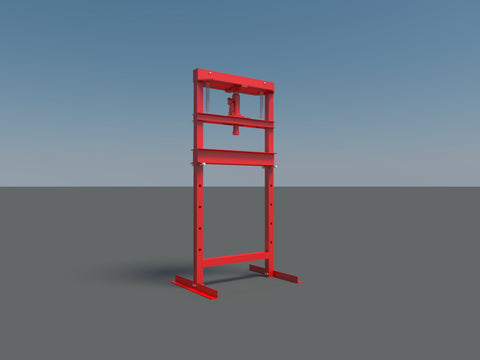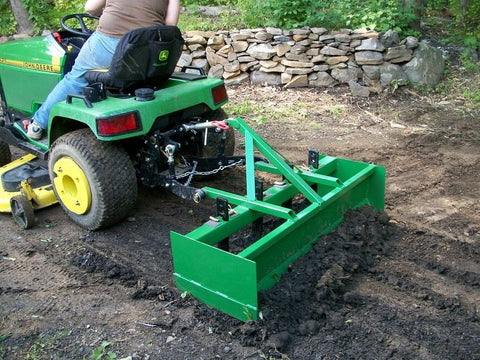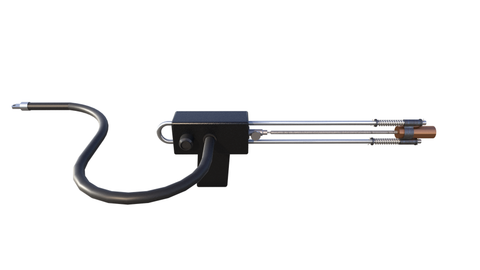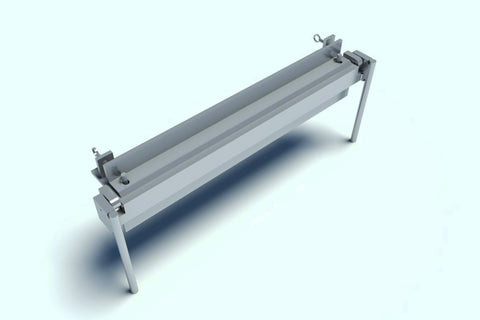Build Your Own Engine Hoist Plans DIY Work Shop Lifts Crane Garage Lift System
These DIY plans will show you how to build your own Engine Hoist Shop Lifts. I have now changed the engine 3 times in my 1973 Laguna. I also used this to remove the body from the chassis and put it on my Rotisserie. Everybody needs to make Shop Lifts if you have anything heavy to move in your shop. You will need a 8 ton long ram hydraulic jack.
What is an Engine Hoist?
An engine hoist is a tool that raises, lowers, and lifts heavy items like engines. These devices are not the same as car hoists, which are used to lift an entire car. Electric hoists work automatically. Chain hoists are similar to electric ones, but are operated manually. Read on to learn more about these tools. And, if you're considering buying one for your workshop, keep these tips in mind.
Heavy-Duty Full Size Hoist
Heavy-Duty Full-Size Engine Hoists are the best choice for a wide range of engine swaps, upgrades, and engine bay rehabs. Whether you are working on a classic muscle car or a high-performance race car, an engine hoist is an invaluable tool. These tools help you lift heavy engine blocks, prevent damage, and save labor costs. Here's how to choose the right engine hoist for your job.
Chain style engine hoist
A chain style engine hoist is an effective tool for lifting engines. First, you must locate the rear attachment point of the engine. This location may be the bolts on the exhaust manifold. Ensure that this point is strong enough to hold the engine weight. Also, make sure to label all connections. Finally, lower the engine onto the engine stand. Turn the bleed valve one at a time. This will ensure that the engine remains level while it is being lifted.
Leveler
If you're looking for a leveler for an engine hoist, you've come to the right place. Designed to change the center of gravity of awkward loads, this two-ton model balances engine hoists in a pinch. Moreover, it's designed for a variety of tools, from shop cranes to cherry pickers. Listed below are some advantages and disadvantages of this type of hoist.
Safety latch
In an embodiment of the safety latch on engine hoists, a torsionally biased slotted pawl shaft is mounted at the lower end of a release bar 92. As the release bar raises, the pawl shaft rotates so that it is correlated with the notch in the gear rack at the predetermined elevated position. This mechanism prevents the hoist from decelerating in an inadvertent manner. The mechanism also prevents the hoist from decelerating, so that a manual release is required to operate the hoist.
Cost
An engine hoist can be a valuable tool in repairing and maintaining a vehicle. Whether you're restoring a classic car or performing maintenance on a modern one, the proper tool is essential. The right engine hoist keeps the heart of a vehicle safe and stable while providing clear access to various system components. The cost of an engine hoist can vary significantly depending on its features. Listed below are some things to consider when buying one.
All DIY plans are designed by Ben Stone. Ben is a retired Engineer in Canada. Ben also drafts these himself using the latest AutoCAD software to ensure accuracy. He studied Engineering back in the early 1980's. After over 30 years in the Construction industry he developed a passion for building cool items around his farm and cabin. These are great DIY projects. With a little skill anybody can Do It Yourself. Ben is always a email away if you have any questions while building one of his projects. He is adding new plans all the time.










